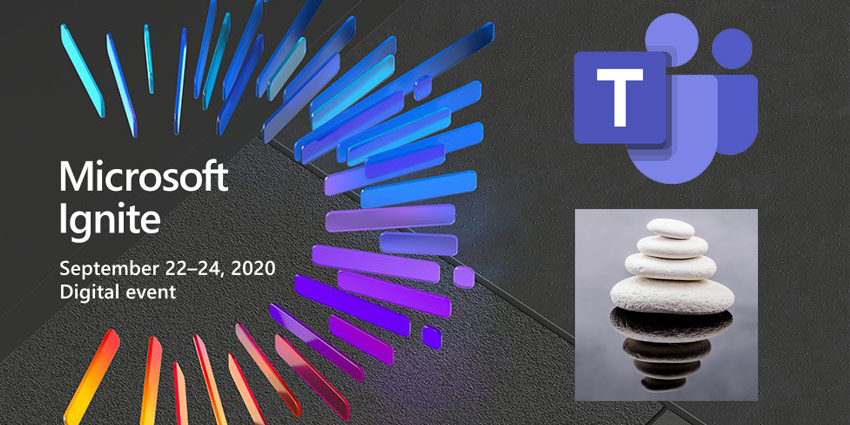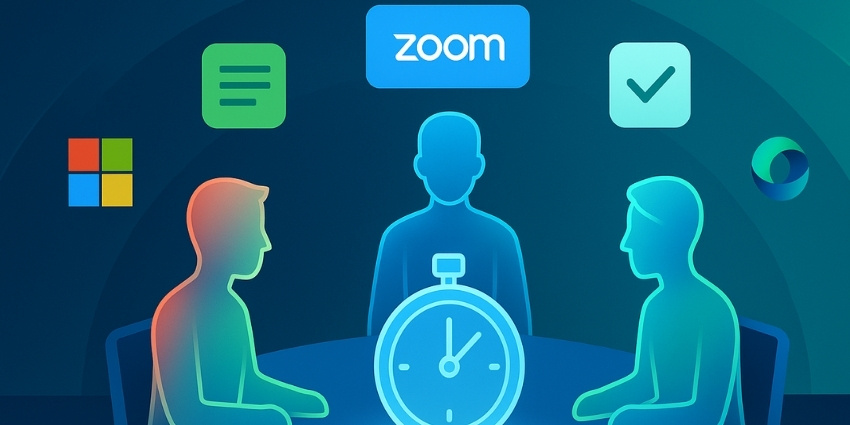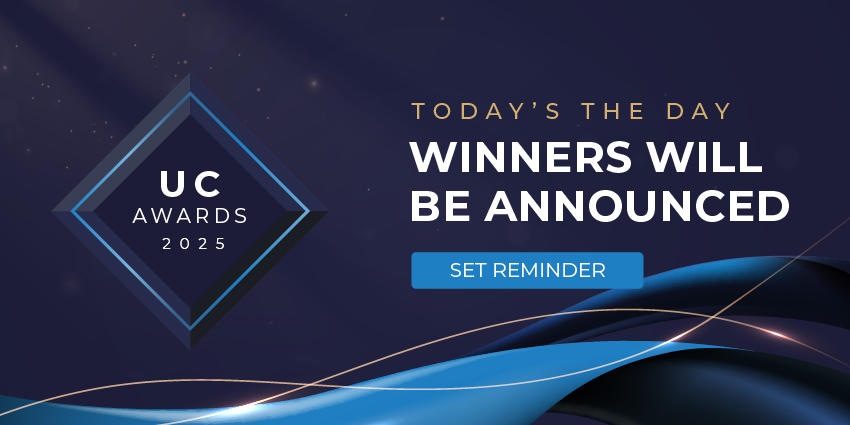The initial productivity savings from WFH are starting to wear off. While we are spending less time on commuting and reducing unnecessary meeting hours, WFH has also blurred the lines between work and home in a way that isn’t always healthy. Research finds that 69% of employees have experienced burnout symptoms when working from home. Of this, 59% are taking less time off than usual, and 42% don’t plan on doing so anytime soon.
This trend isn’t exactly surprising. Workplaces in general are more stressful than before, with employees facing constant pressure to be productive, add value, and upskill to stay relevant. 88% of employees agree that their stress levels now are higher than they were five years back.
Unfortunately, this has a lot to do with the ubiquity of technology and its ability to keep us connected. The flipside to “always-connected” is “always-on,” where employees are expected to be available and responsive even outside of stipulated work hours. This inevitably adds to stress levels, negatively impacting our wellbeing.
So, we were delighted to see Microsoft taking a stand against this worrying trend with a slew of wellbeing-focused updates in the MyAnalytics module of Teams. End users, team managers, and business leaders will receive personalised insights on the state of wellbeing in their workplace and how to improve it. Here are some of the features currently on the anvil:
- You will see insights on personal wellbeing such as quiet days, when you were largely inactive outside of work hours and your most common quiet hour disruptions. There’s a View Suggestions option which will recommend actionable ways to improve work-life balance
- Starting next year, you will be able to virtually commute in the morning, given that commutes were a time frequently dedicated to disconnecting and self-contemplation. Microsoft Teams will also introduce the ability to actively disconnect in the evening after work hours
- Apps like Headspace will have tighter integrations with Teams, giving managers visibility into how their team members feel across the day. Data collected emotional check-ins will help managers decide healthier work hours and collaboration times
- Business leaders will be able to gauge if employees are facing a sense of isolation, or if they are maintaining a healthy level of connectivity with co–workers and customers. There will be red flags in case someone is working overlong hours and too many meetings, risking burnout
Employee health is increasingly a concern as WFH appears to be the new normal. Unhealthy technology usage is directly linked to dipping productivity, stress, and burnout, making the WFH model unsustainable. These new updates formally announced on the occasion of Microsoft Ignite 2020 indicate a small but significant step in the right direction.
Apart from wellbeing analytics, your MyAnalytics dashboard has plenty of other insights to offer around how you focus at work, your virtual network and if it is growing, and the ability to divide your time between focused, independent work, and group collaboration. Armed with these insights, we expect a generation of WFH-ready workers who do not sacrifice personal health for productivity.







